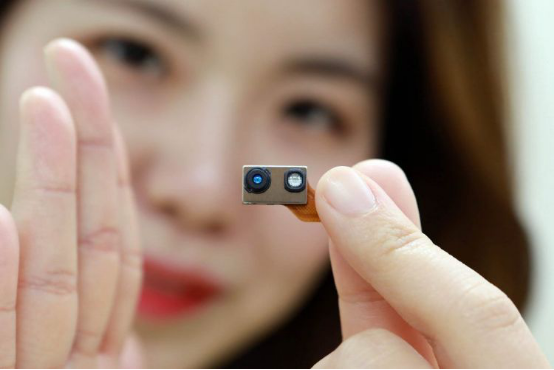What is chip manufacturers fight 3D sensing all-round layout?
3D sensing is moving toward three major technology camps, including Apple's main structured light solution. Android mobile phone operators are mostly optimistic about the time-to-space ranging (ToF) solution with cost-effective advantages, and active stereo vision (ASV) solutions. In fact, this It also affects the business strategy of CMOS image sensor (CIS) related supply system and optical component compound semiconductor supply system.
In addition to the US chip manufacturer Lumentum still holding the Apple iPhone series 3D sensing VCSEL components large, in addition, such as the European company AMS will fully expand the three major technical solutions, the Japanese leader Sony, is expected to In the second half of 2019, will mass produce the photosensitive element that can support ToF technology.
The semiconductor industry admits that in addition to the 3D sensing components for face recognition, the ToF solution can also be used to enhance the depth of field photography of the rear lens. Recently, it is also reported that Samsung Electronics is expected to publish the Note10 in mid-August (tentatively) the new machine, also continues to import ToF depth of field photography.

In fact, including non-Apple camp brands such as Sony, have revealed a strong interest in the introduction of this feature, which will also help GaAs epitaxial wafers, wafer foundry in ToF with VCSEL components to take orders.
European-based AMS continues to work with CIS component operator SmartSens Technology to develop 3D and near-infrared (NIR) sensors, and is committed to expanding 3D sensing products into action, computing, consumer and automotive applications area.
According to AMS-related operators, in response to the growing demand for 3D sensing solutions for mobile devices, the initial importance of this collaboration will be in 3D near-infrared sensors for face recognition and applications requiring high quantum efficiency (QE) in the NIR range (2D and 3D).
The two companies will collaborate on the development of the 3D ASV reference design to achieve the future launch of the 1.3 megapixel stacked BSI Global Shutter Image Sensor, with an advanced QE up to 40% at 940nm, which will be achieved at a very competitive overall system cost to pay high-performance depth maps for applications such as face recognition and AR/VR.
In fact, the front-end chip design of 3D sensing components is still dominated by international IDM faucets, and its WLO lens, DOE package, module package and so on. Both LiDAR and ToF are actively betting on research and development kinetic energy, in line with the blue ocean field of European and Japanese IDM manufacturers.
AMS believes that the enhancement of cooperation in the field of image sensors, in addition to the acceleration of mobile devices, 3D sensing stereo vision for IoT devices, and the introduction of structured light solutions, will also accelerate the time-to-market for 3D sensing in the automotive field. Familiar with the semiconductor industry, 3D sensing still has a lot of room for growth in the future. It is estimated that manufacturers such as gallium arsenide, optical components, and module packaging will continue to gain a place in the next generation biometric interface.
If you want to know more, our website has product specifications for sensor, you can go to ALLICDATA ELECTRONICS LIMITED to get more information

